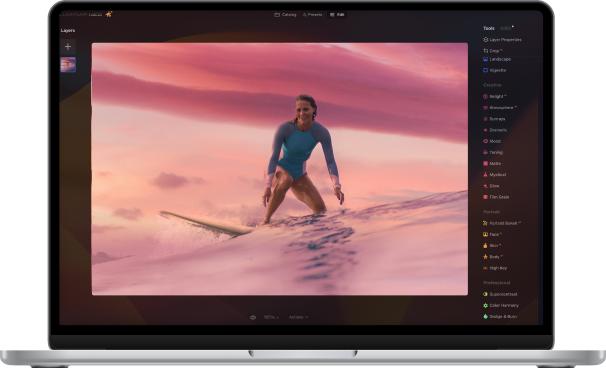How to Set Up Basic Three-Point Lighting Like In The Studio
September 17
11 min. to read
In this blog post, we'll make it easy for you to grasp the basics, just like what the pros use in studios. Whether you're a beginner eager to improve or a seasoned photographer looking for a quick guide, we've got you covered.
Think of it as your journey, where you'll learn how to shape illumination to your advantage and create stunning photographs. So, let's get started, and together, we'll illuminate the path to photographic excellence.
The Importance of Lighting in Photography
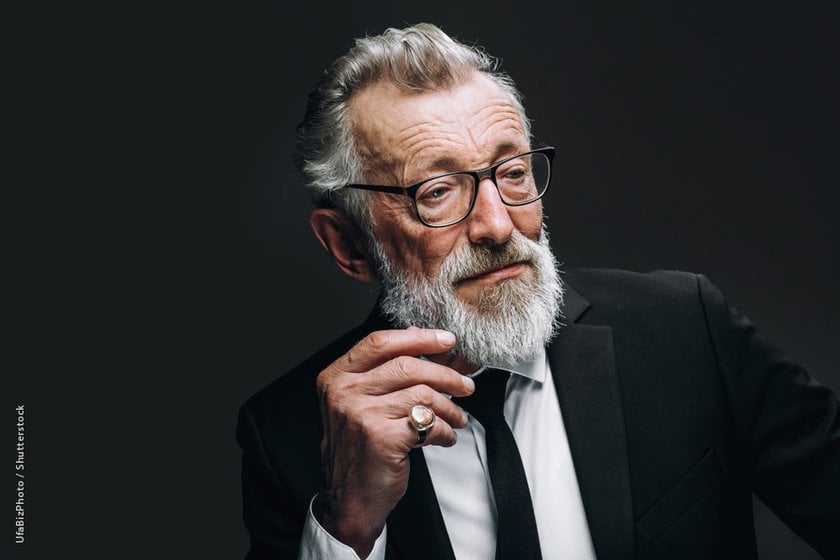 Before we delve into the secrets of the 3 light studio setup, let's take a moment to understand why illumination is crucial in photography. Think of it as the paintbrush and your camera as the canvas. Without the right illumination, your canvas remains blank, and your photos lack depth, emotion, and drama.
Before we delve into the secrets of the 3 light studio setup, let's take a moment to understand why illumination is crucial in photography. Think of it as the paintbrush and your camera as the canvas. Without the right illumination, your canvas remains blank, and your photos lack depth, emotion, and drama.
Lighting sets the mood, highlights details, and defines the subject's shape and form. It can make your subject pop, create captivating shadows, or cast a soft glow that adds warmth to your images. In essence, mastering illumination is the key to unlocking the full potential of your photography!
Understanding Three-Point Lighting
 Now, let's unravel the mystery of the basic 3 point lighting setup. But first, what exactly is it, and why is it so vital for achieving cinematic results?
Now, let's unravel the mystery of the basic 3 point lighting setup. But first, what exactly is it, and why is it so vital for achieving cinematic results?
Three-point lighting is a fundamental technique used in photography and film. It involves strategically positioning three primary sources around your subject to create a balanced and visually appealing scene. These three lights serve distinct purposes:
- Key Light: This is the star of the show. It is the primary source, casting the most significant illumination on your subject. Its role is to define the subject's shape and provide the main source of illumination.
- Fill Light: The role is to soften shadows created by the key light. It bathes the subject in a gentle, diffused light, ensuring that dark areas remain visible while maintaining a sense of depth.
- Backlight: It can add a touch of magic because it separates the subject from the background by creating a subtle outline or halo effect. This source adds depth and dimension, making your subject stand out.
But why is this setup essential for achieving cinematic results?
It's because this technique allows you to control illumination effectively, sculpt your subject, and create a visually pleasing scene that mimics the quality of professional studios. Whether you're capturing a portrait, product shot, or a cinematic scene, understanding and mastering this setup is your gateway to producing visually stunning photographs and videos. So, let's dive into the specifics!
Setting Up Your Three-Point Lighting
1. Key Light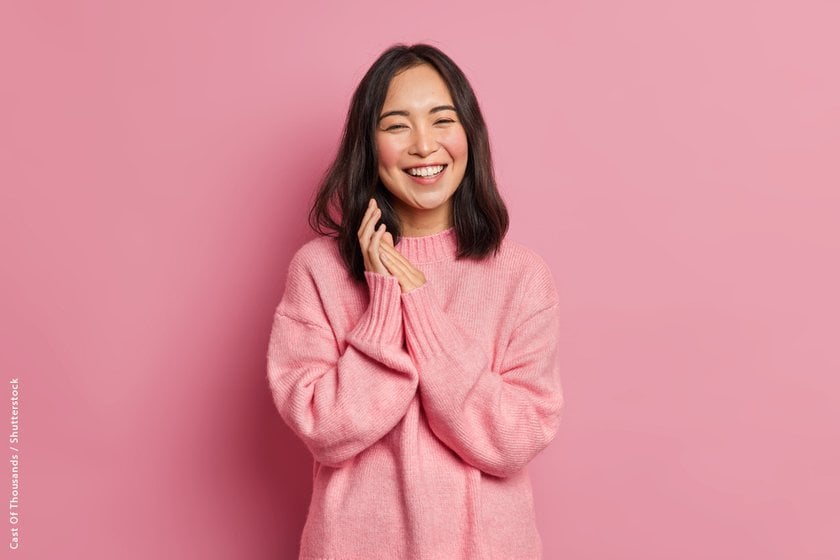
It is the main and most important light because it makes your subject look great and sets the mood for your photo.
Where should you put it? Imagine shining a flashlight on your subject, but not directly in front. Instead, put it a bit to the side. This makes cool shadows that make your subject look more interesting. Try moving it around until you like how it looks!
Types of Key Lights:
- Softboxes: These are like big soft lights that make your subject look nice and smooth. They're great for portraits and things you want to look polished.
- Strobes: Strobes are strong flashes. You can change how strong they are. They're perfect for pro setups.
- Natural Light: If you have a big window with a soft sun, you can use that as the main one. Just remember that it changes throughout the day.
Choosing the right tool depends on your subject, the feeling you want to create, and how much you want to spend. The key light is like the boss of your picture, so pick the one that makes your photo look just the way you want it.
2. Fill Light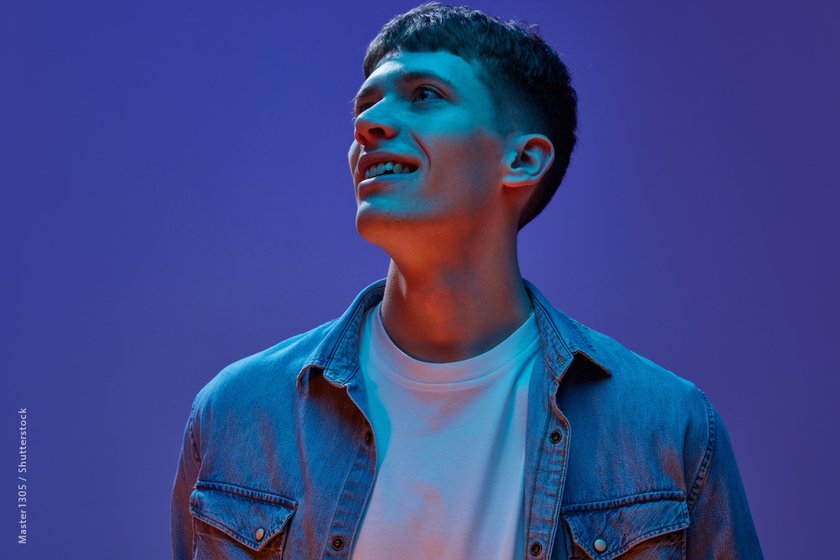
This light is like a friendly helper. Its job is to make sure the shadows aren't too dark and give your picture a balanced look. It's like adding just the right amount of illumination to complete the puzzle.
The fill illumination goes on the other side of your subject but is not as bright as the key one. It's like adding a gentle, soft light to fill in the shadows without making them disappear completely.
Sometimes, you want it to be really soft. You can do this by using tools like:
- Reflectors: These bounce light back onto your subject and make the shadows less harsh. They come in different colors, so you can choose one that gives a warm or cool look.
- Diffusers: These are like magical screens that make the light softer when it shines through them. They're excellent for making your illumination super gentle.
Picking the right fill light technique depends on what kind of mood you want in your photo. It helps make your subject look friendly and approachable. So, choose the method that fits the story you want to tell with your picture!
3. Backlight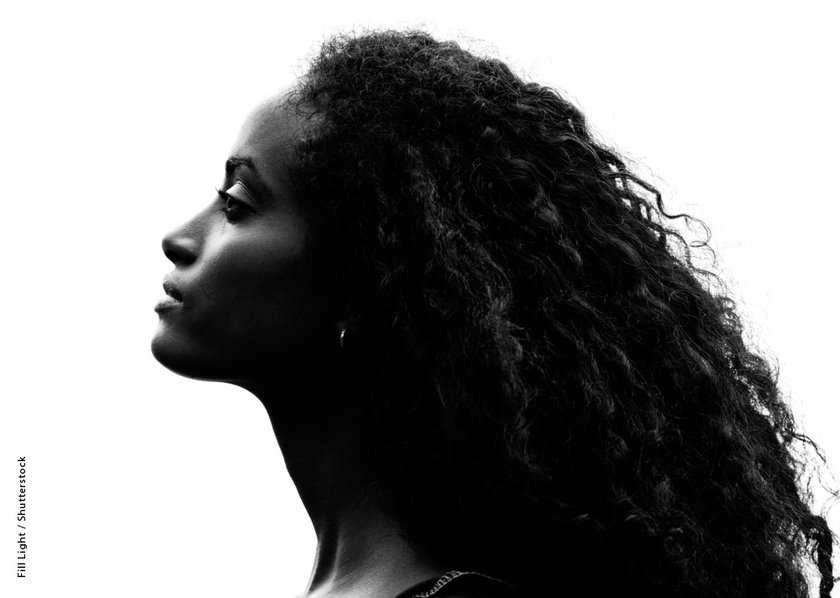
The backlight has a special role: to separate your subject from the background. It's like adding a subtle outline that makes your subject stand out!
Picture your subject basking in the glow of the key and fill lights. Now, place the backlight behind your subject so it points toward the camera. This makes a soft, glowing border around your subject, which is what gives them that special pop. You can also adjust the height and angle to get the effect you want.
Types of Backlight Equipment:
- Snoots: These focus the illumination on a small area, giving you precise control.
- Grids: Grids are like filters that make the backlight more focused. They're great for getting a clean, defined rim.
The backlight adds that final touch to your picture, making your subject shine like a star. Read our article to find out more about this technique!
How to Capture a 3-Point Lighting Portrait
- Placement: Set up three lights - key, fill, and backlight. Position the key one in front of your subject, the fill on the opposite side, and the backlight behind your subject, aiming toward the camera.
- Adjust Intensity: Gradually turn on and adjust each light's intensity to create a balanced and well-lit portrait. Start with the key one, and then add the fill and backlight.
- Shadow Control: Use the fill light to manage shadows created by the key light. Fine-tune it for the desired shadow softness.
- Experiment: Make small adjustments to angles and distances for optimal illumination. Pay attention to even illumination on your subject's face.
- Modifiers: Consider using tools like softboxes, reflectors, or diffusers for desired light quality and direction.
- Test Shots: Take test shots to review and adjust your settings before capturing the final portrait.
By following these steps, you'll create professional-quality portraits with balanced and flattering illumination using this technique!
Enhance Your Photos with Studio Lights in Luminar Neo
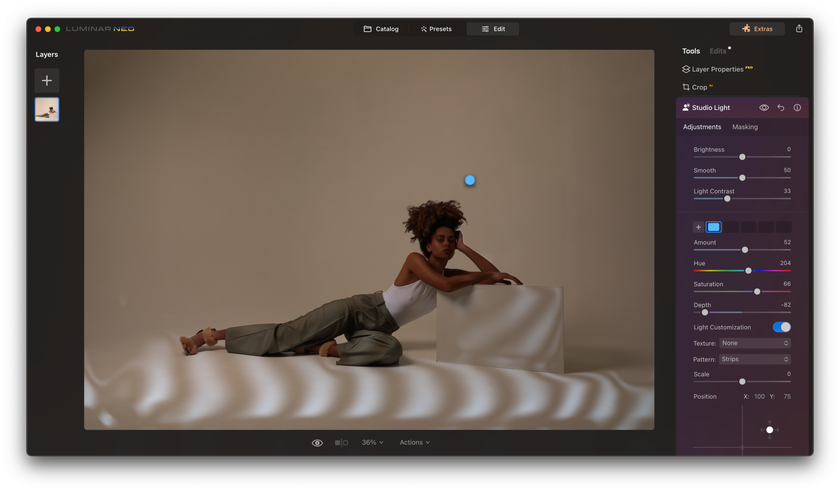 In the world of photography, light is your paintbrush, and Luminar Neo offers a new realm of creative possibilities!
In the world of photography, light is your paintbrush, and Luminar Neo offers a new realm of creative possibilities!
Studio Light in Luminar Neo makes it super easy to recreate beautiful effects, like warm sunlight or unique patterns, giving your photos an extra touch of magic. You can also customize your sources by changing their type, shape, color, brightness, or whether they're uniform or patterned, letting you set the perfect mood for your pictures. Plus, no more worrying about photos being too dark or too bright—just drag and drop more light where you need it, and you're good to go!
It's a simple way to make your photos shine just the way you want them to. Elevate your photography effortlessly, one click at a time!
Wrap-Up
In photography, illumination is like using a special paintbrush. Learning 3 light portrait photography is unlocking a secret skill to make your photos look amazing!
As you continue your photography adventure, let illumination be your magic wand. Your camera is your canvas, lighting your paintbrush, and your creativity is your guide to fantastic photos!






